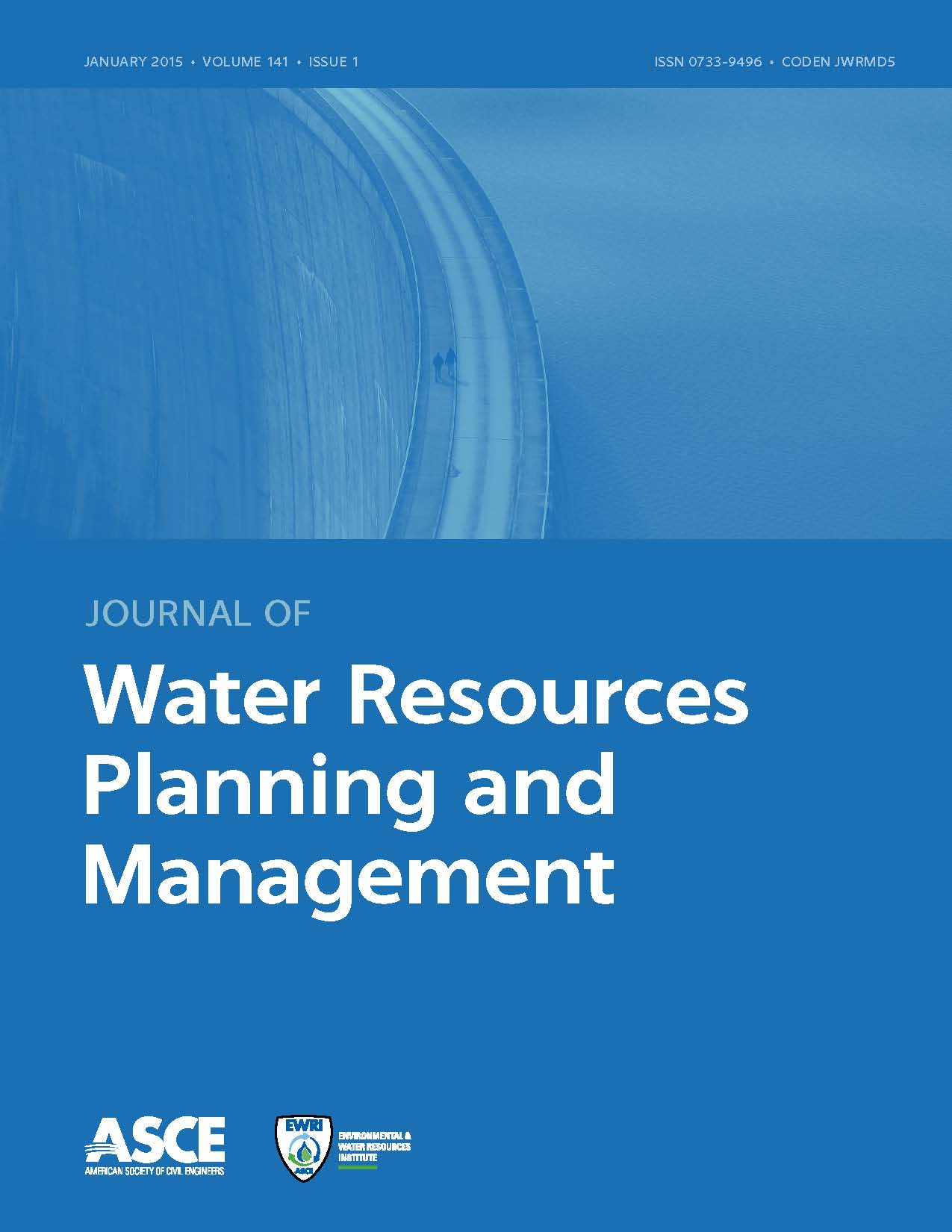JWRPM publication

A new publication in the Journal of Water Resources Planning and Management (Whitney et al. 2023) describes a stakeholder engagement and scenario modeling approach for assessing the combined effects of forest disturbance and climate change in the Colorado River. Congratulations to authors associated with the Center for Hydrologic Innovations!
- Abstract: Accelerated climate change and forest disturbances (e.g., wildfire, mortality, thinning) are anticipated to significantly impact water resources in the Colorado River Basin (CRB), and the need for actionable information from hydrologic research is growing rapidly. We designed a stakeholder engagement and modeling process to assess the impact of these changes on the CRB hydrology. We used the variable infiltration capacity model to simulate alternative climate futures (a top-down structure) with scenarios of incremental forest disturbances (a bottom-up assessment). Forcings were derived from climate model outputs that represent warm and wet (warm/wet) and hot and dry (hot/dry) future climate bookends. During the process, we incorporated feedback from water managers to capture their perspectives in our modeling scenarios and to create decision-relevant analyses. Results showed improved streamflow conditions with permanent forest disturbances by the end of the 21st century (CRB mean annual streamflow up to 12% larger than without disturbance) due to smaller snowpack reductions and evapotranspiration losses. Larger forest reductions reversed warming-driven declines in supply efficiency (average runoff and baseflow, per unit of precipitation) only under the future warm/wet climate. Forest disturbances did not induce a supply efficiency recovery for the hot/dry climate due to the overriding effect of increasing water-limited conditions.